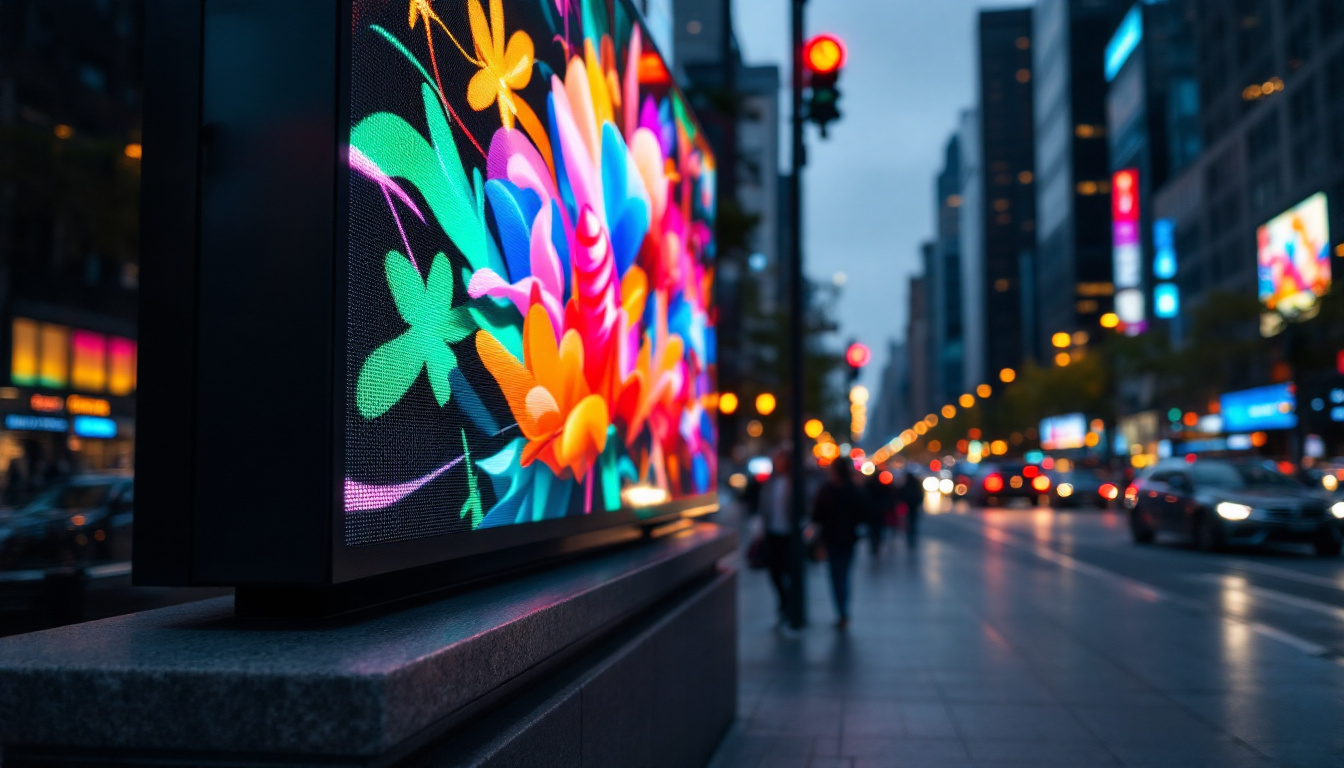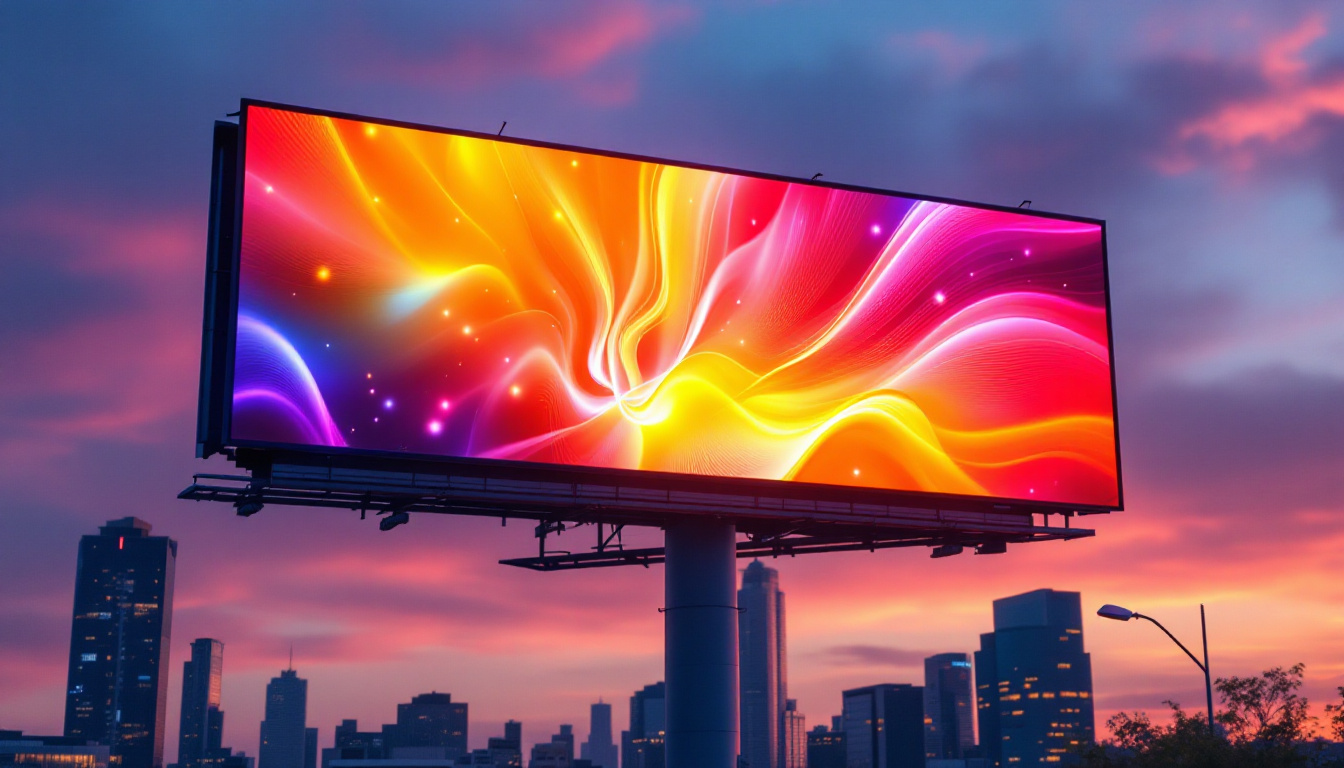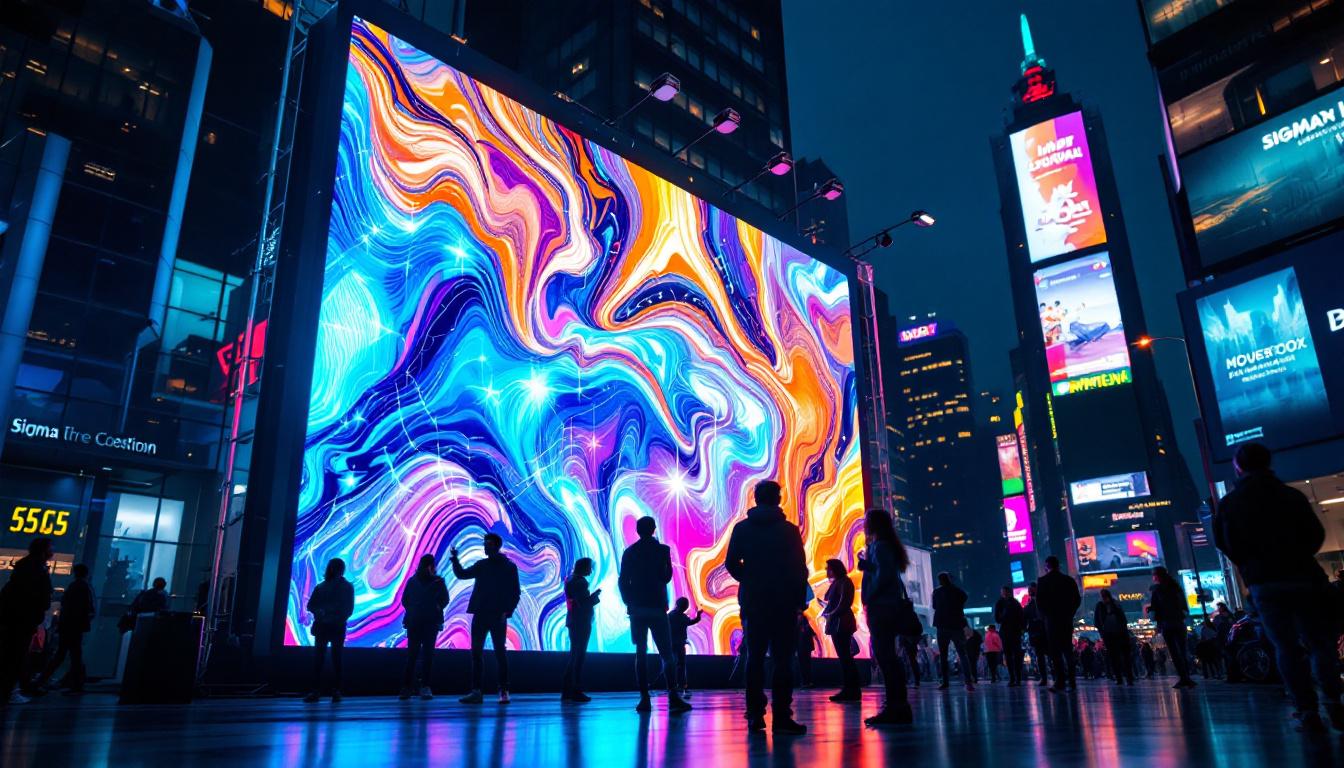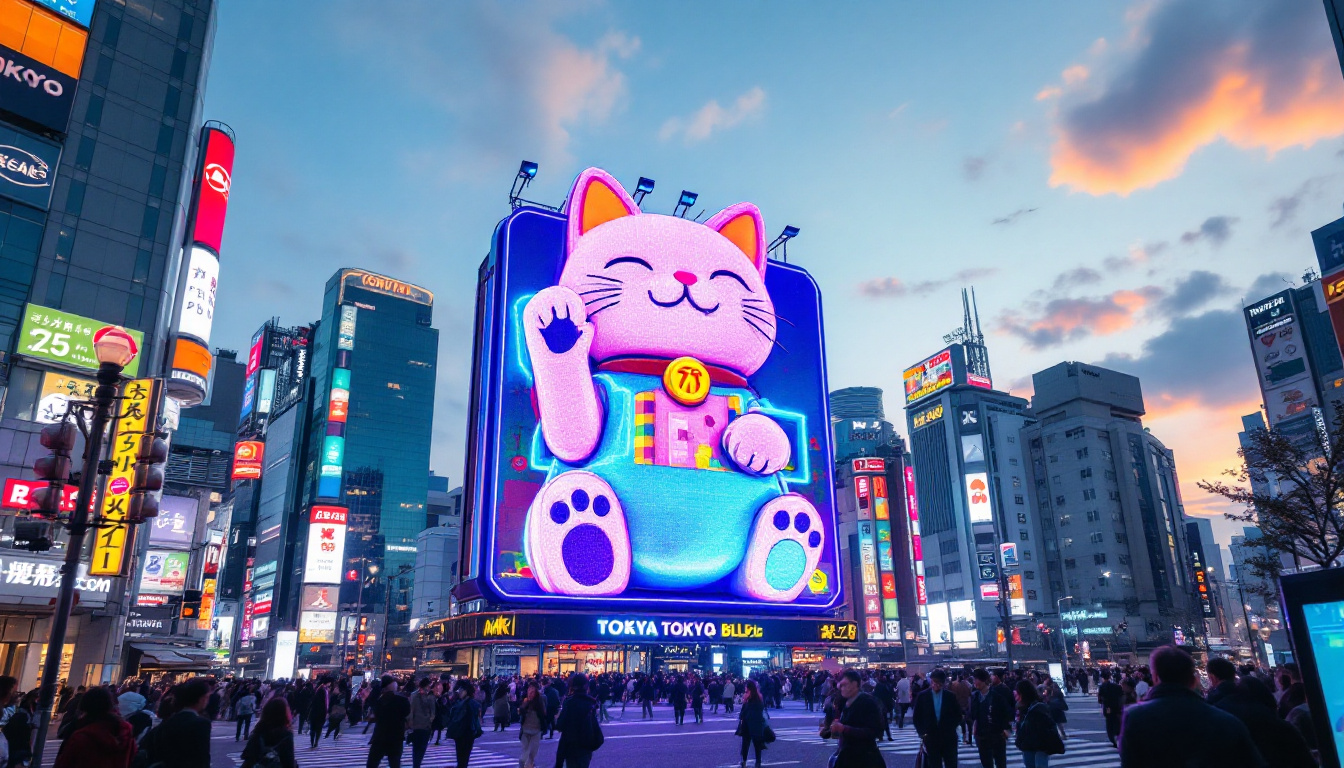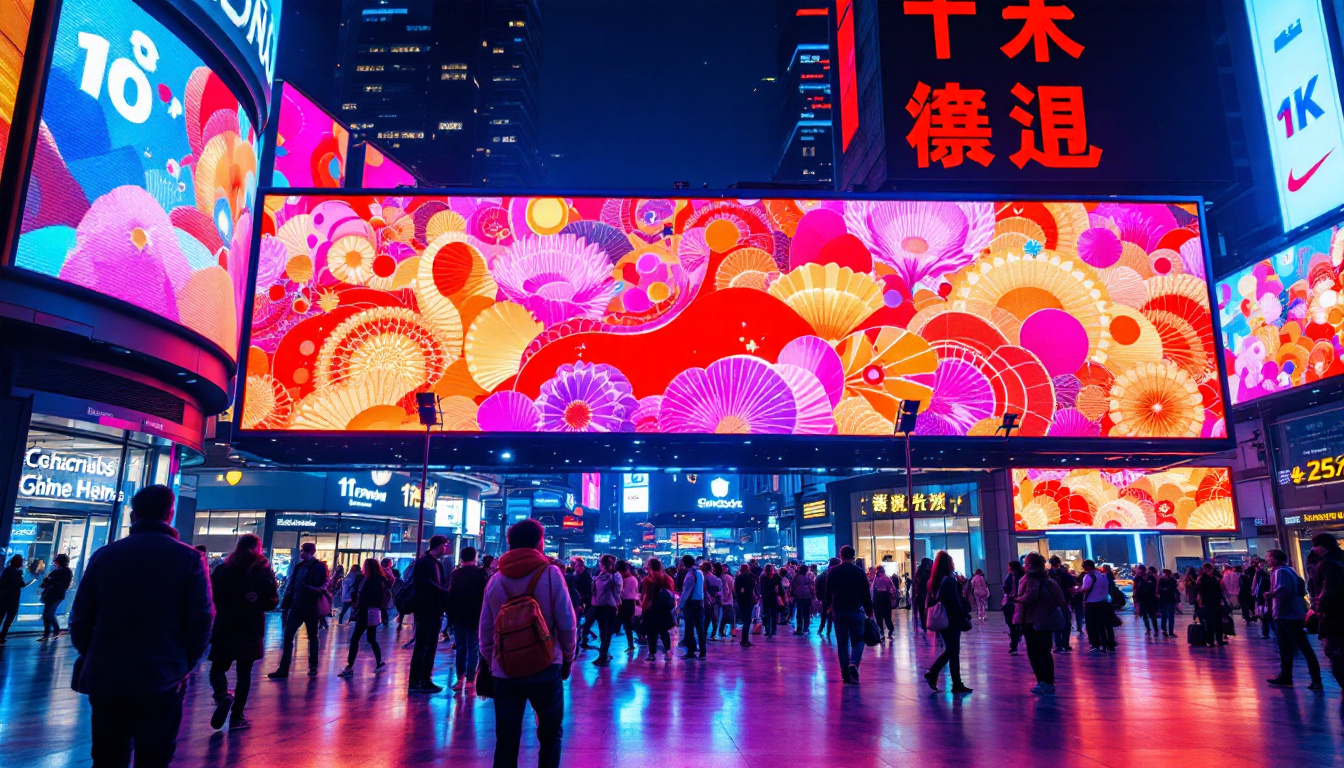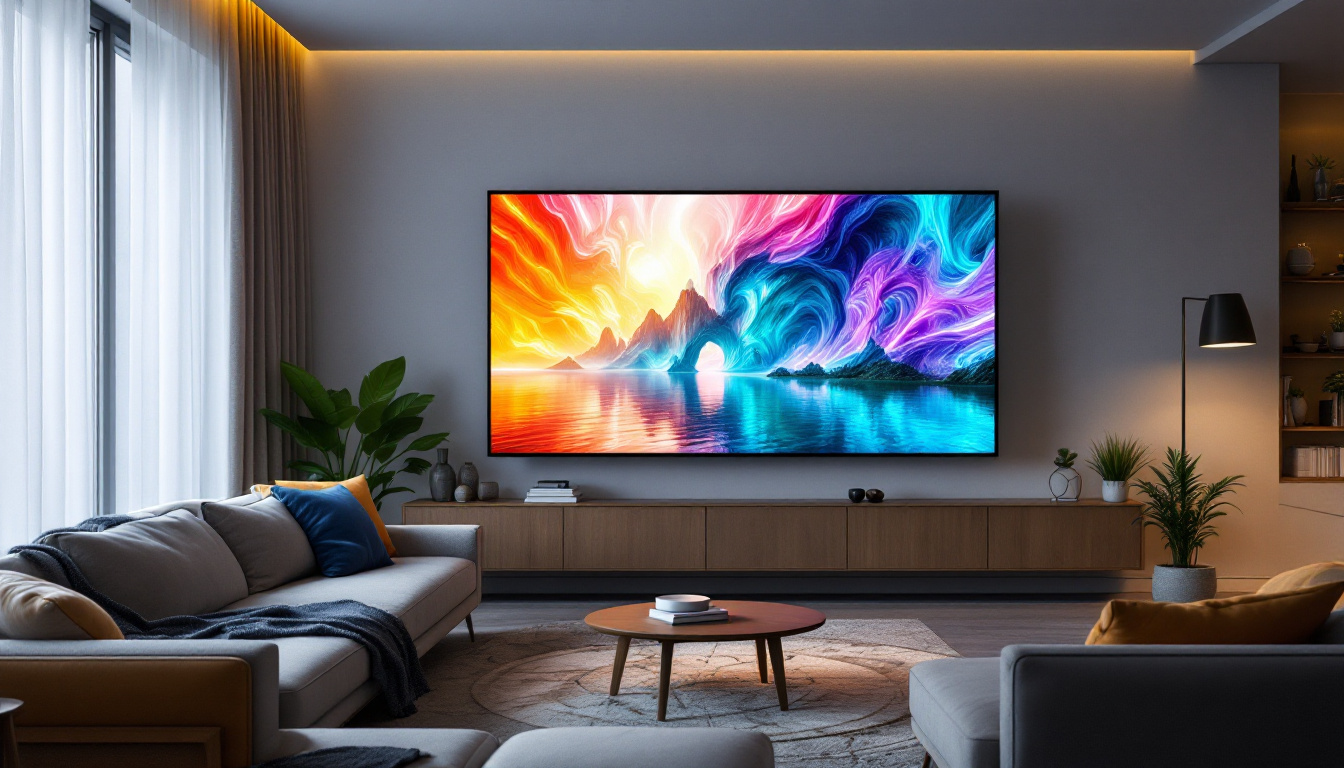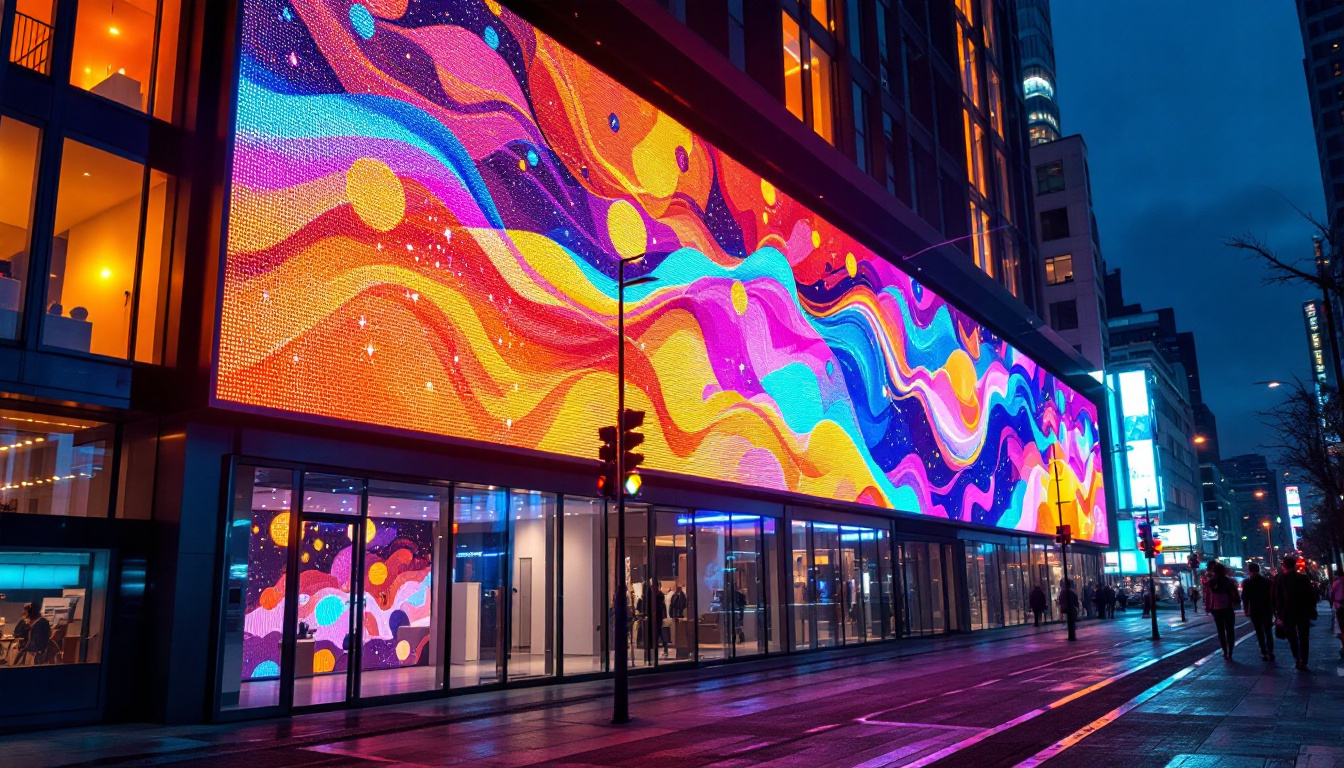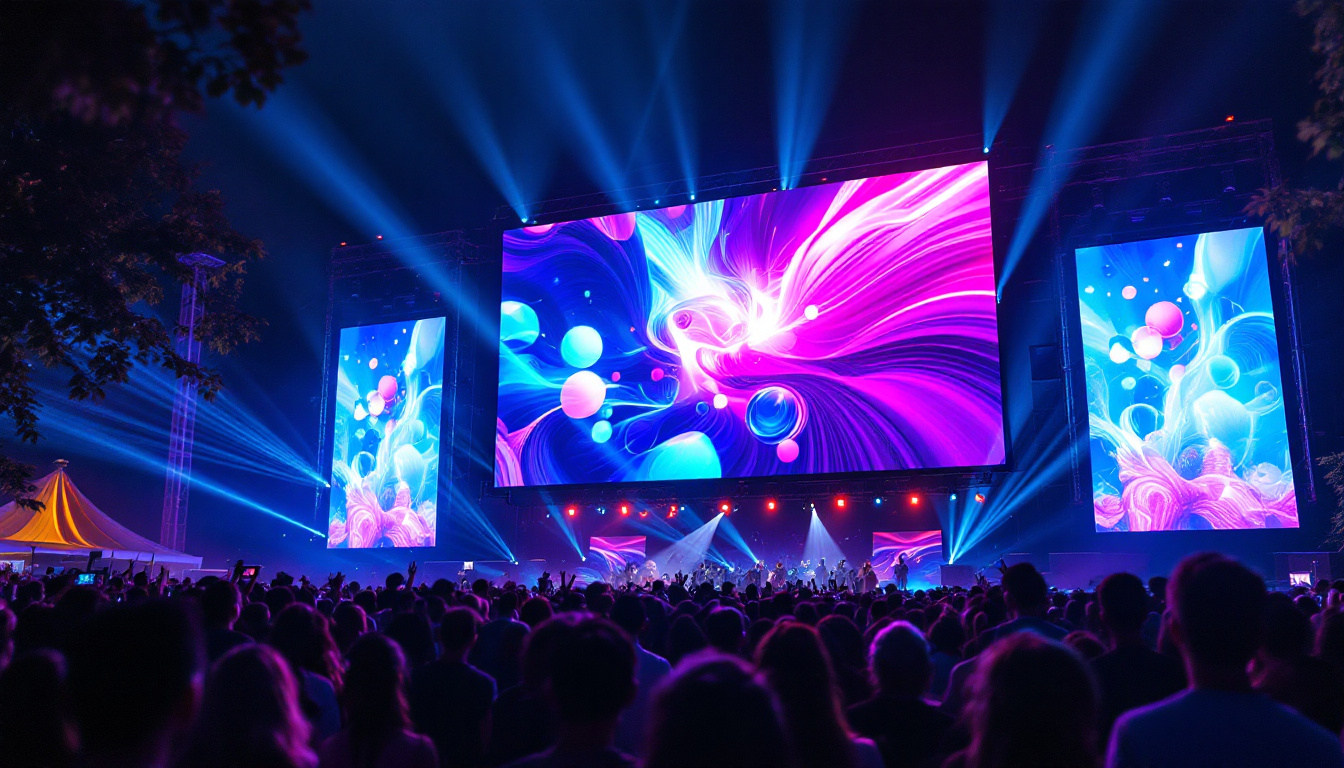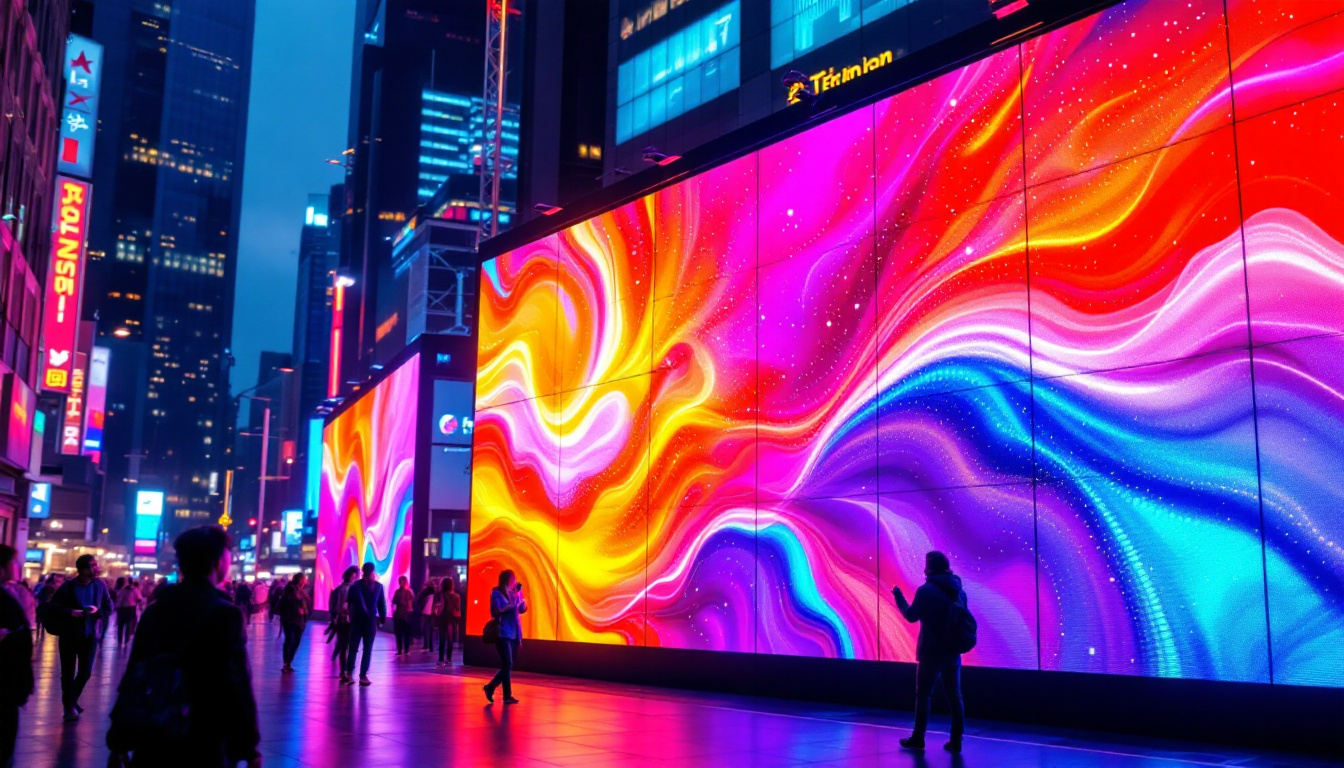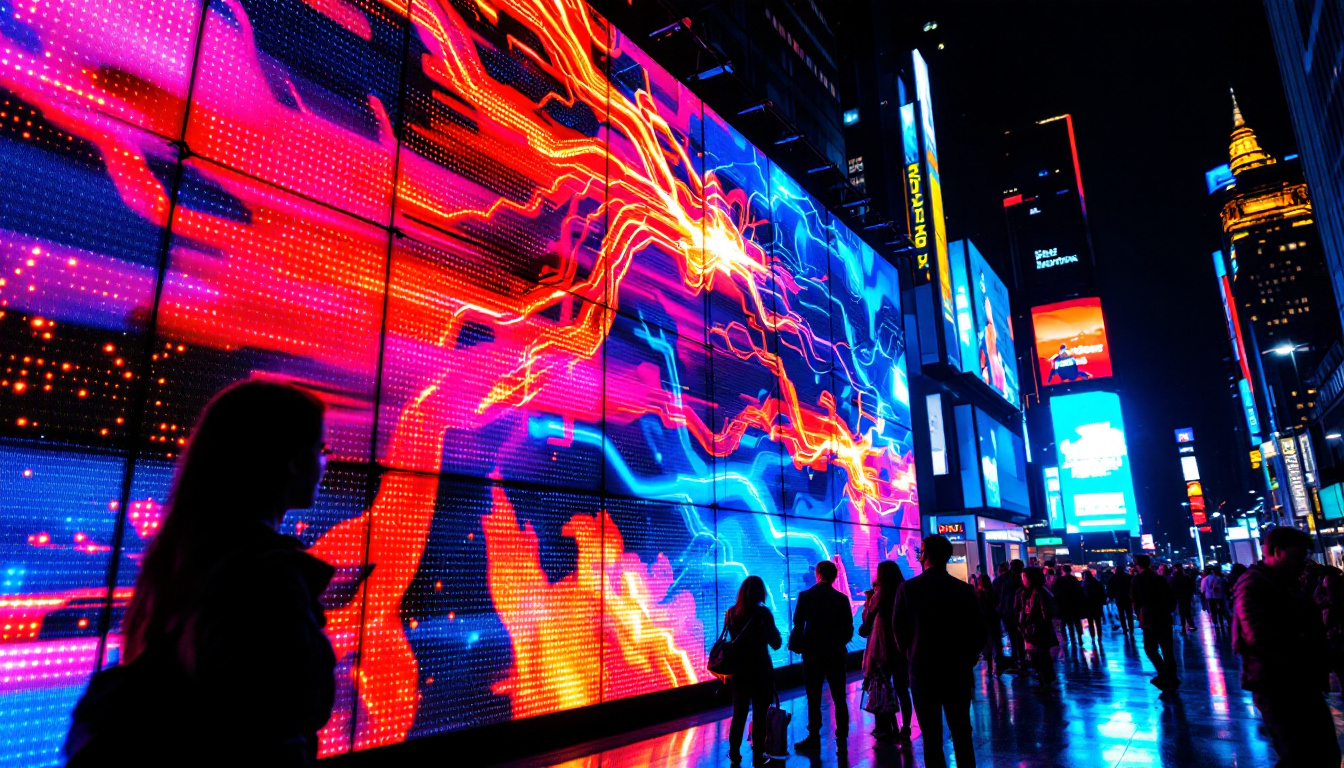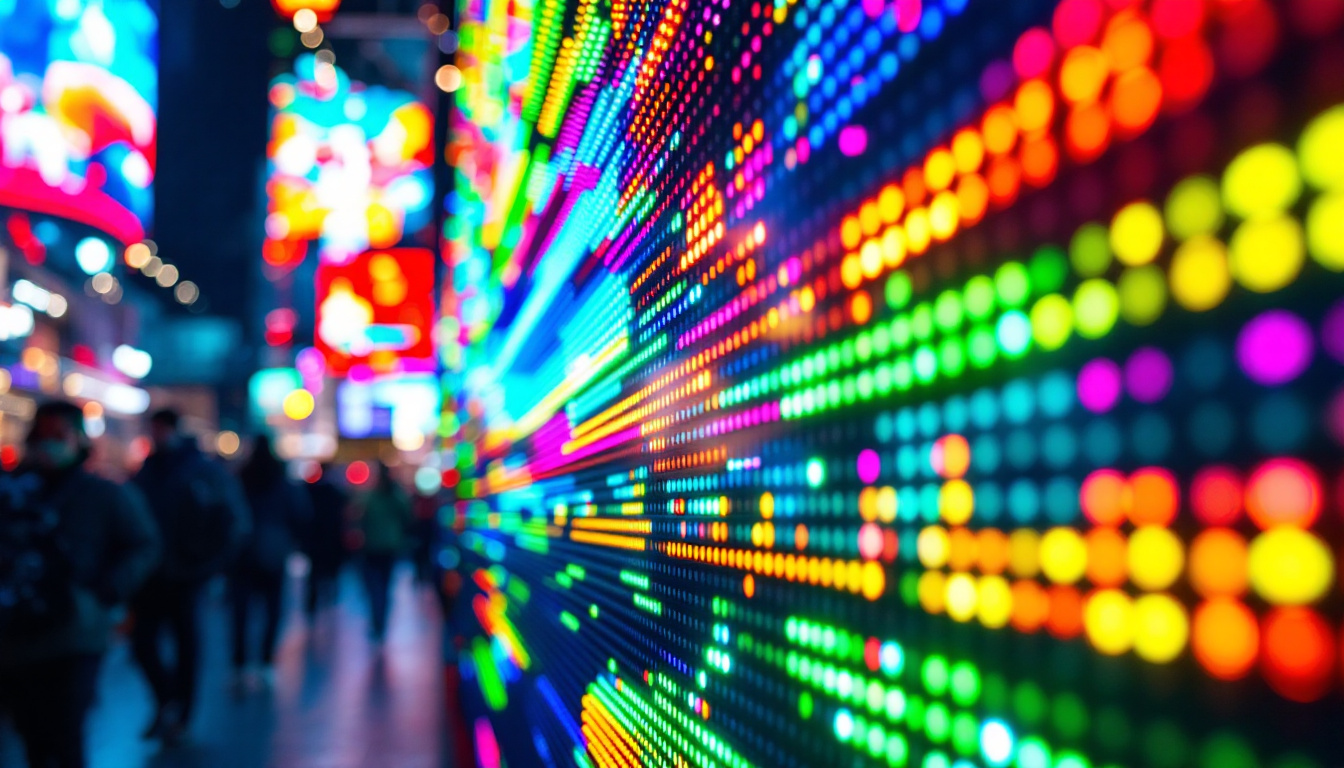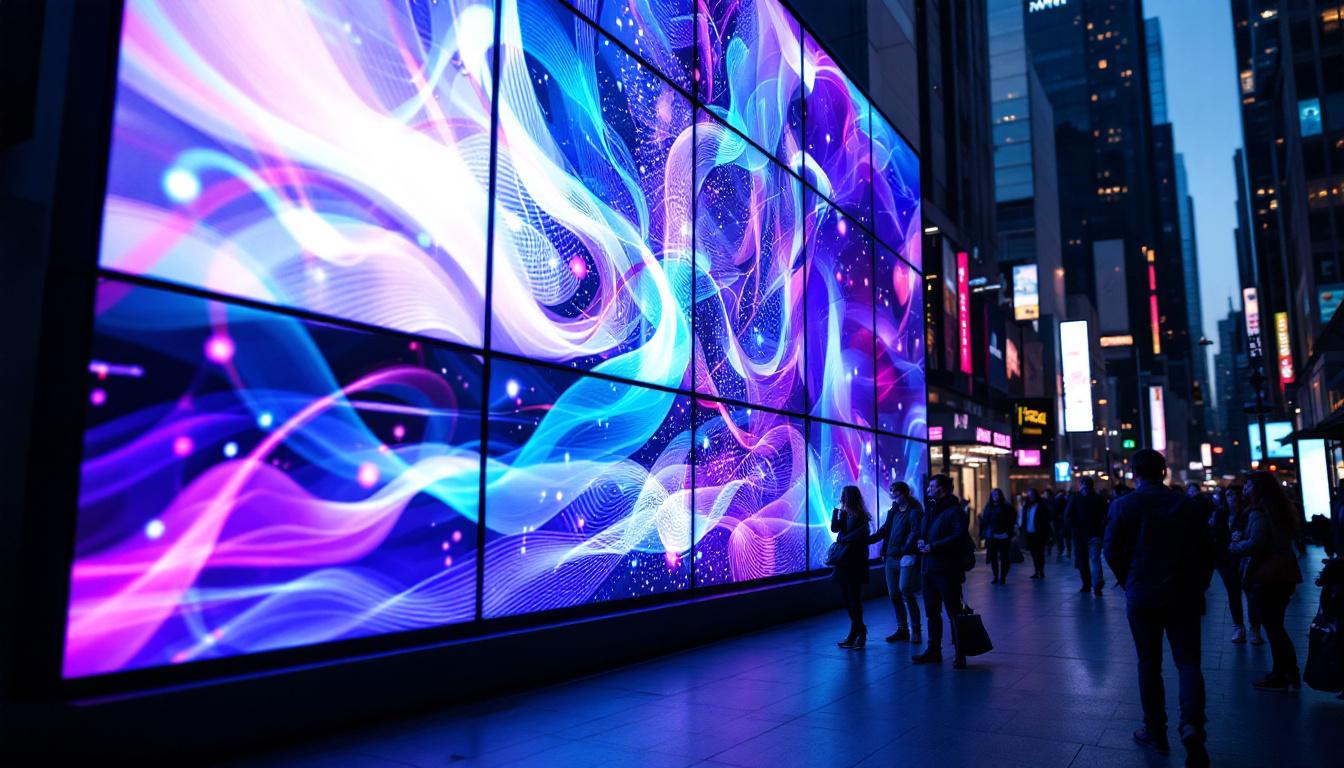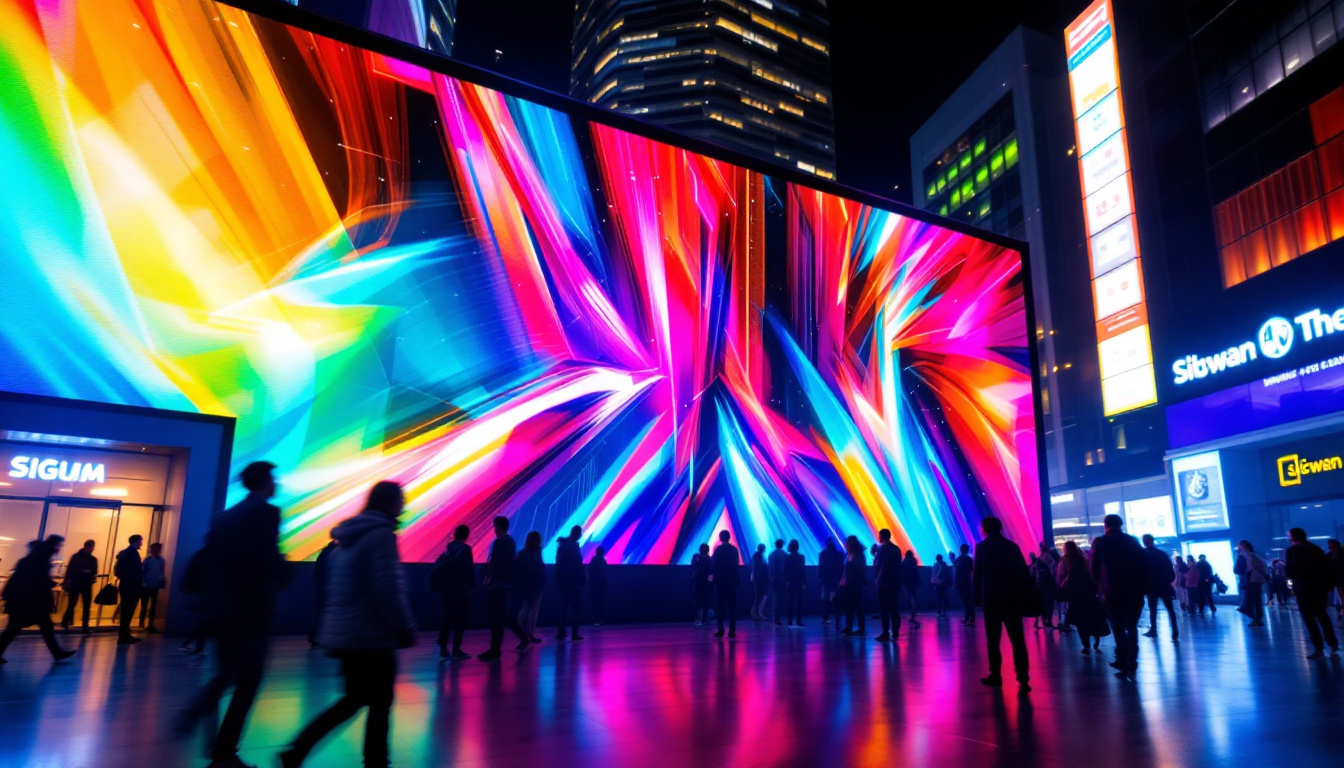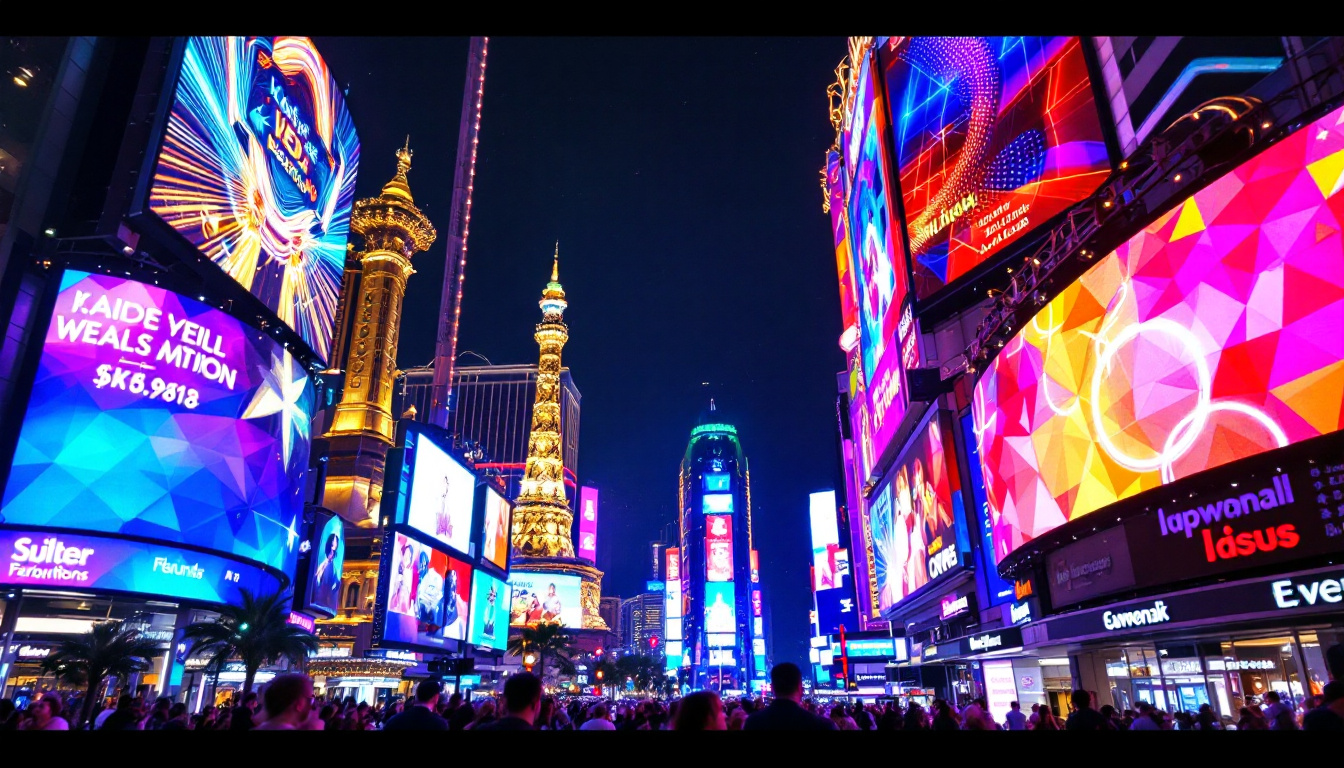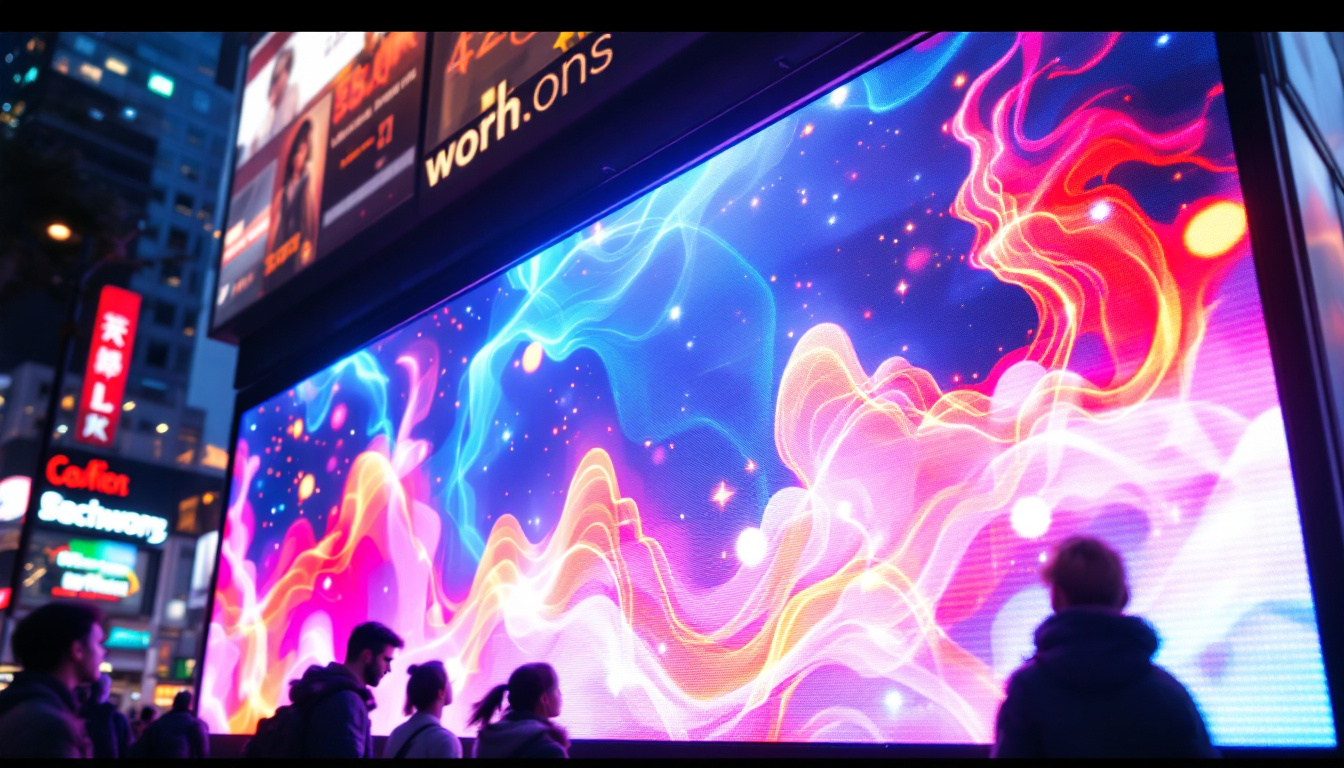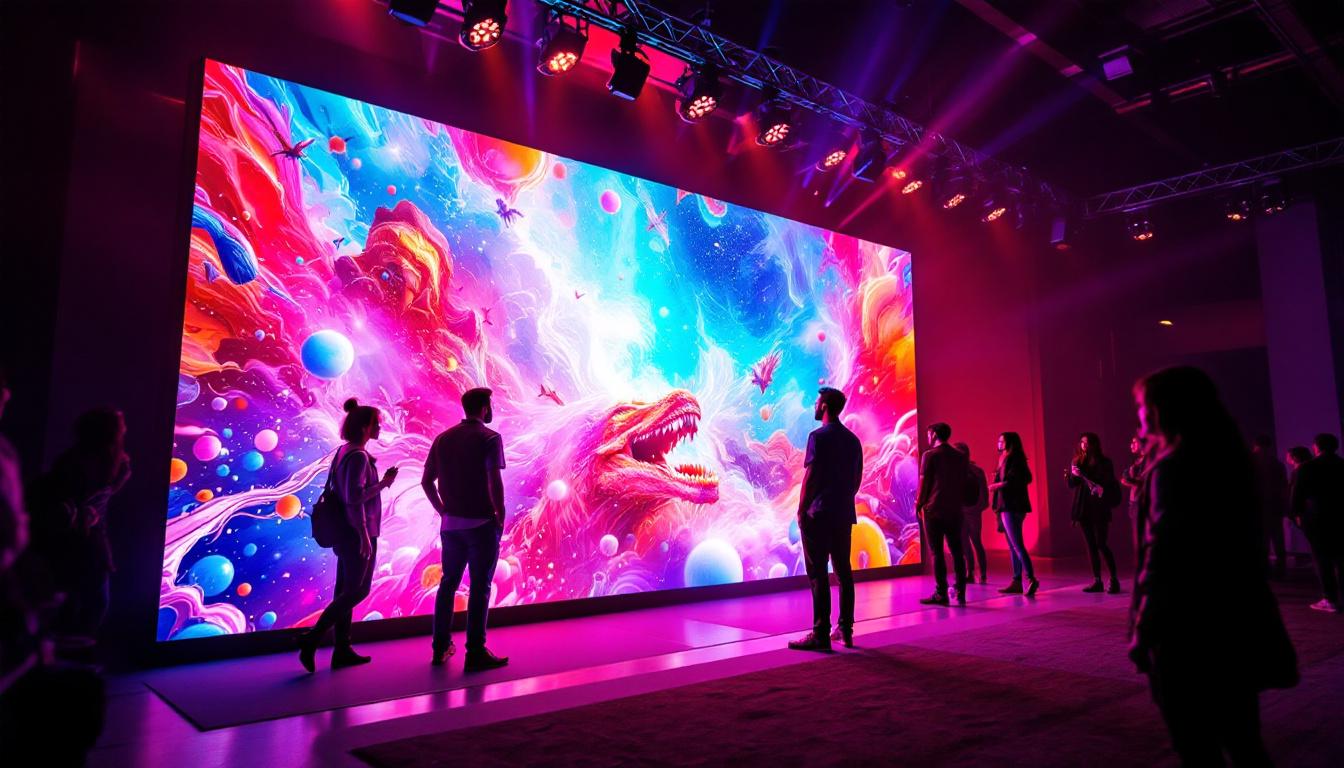In an age where visual communication is paramount, outdoor digital displays have emerged as a powerful tool for businesses, organizations, and public institutions. Among the various types of digital displays, LED (Light Emitting Diode) displays stand out for their brightness, energy efficiency, and versatility. This article delves into the intricacies of outdoor LED displays, exploring their technology, applications, advantages, and considerations for implementation.
Understanding LED Technology
LED technology has revolutionized the way information is presented in outdoor environments. Unlike traditional displays that rely on cathode ray tubes or liquid crystal displays, LED displays use semiconductor diodes to emit light. This fundamental difference results in several advantages that make LED displays particularly suited for outdoor use. The energy efficiency of LED technology not only reduces operational costs but also minimizes environmental impact, making it a sustainable choice for businesses and municipalities alike.
How LED Displays Work
At the core of an LED display is the LED itself, which emits light when an electric current passes through it. These diodes are arranged in a grid format, creating pixels that can be individually controlled. The combination of red, green, and blue LEDs allows for the creation of a full spectrum of colors, enabling vibrant and dynamic visuals. This capability is particularly beneficial for creating eye-catching advertisements and engaging content that can attract and retain viewer attention.
In outdoor settings, LED displays are typically encapsulated in protective casings to shield them from environmental factors such as rain, dust, and extreme temperatures. This durability ensures that they maintain their functionality and visual quality over time, even in challenging conditions. Additionally, advancements in LED technology have led to improved brightness levels, allowing these displays to remain visible even in direct sunlight, which is crucial for outdoor applications.
Types of Outdoor LED Displays
Outdoor LED displays come in various types, each designed for specific applications. The most common types include:
- Billboard Displays: These large-scale displays are often used for advertising and can be seen from significant distances. They are designed to capture attention and convey messages quickly. With the ability to change content remotely, advertisers can easily update promotions or messages in real-time, maximizing their reach and effectiveness.
- Scoreboards: Commonly found in sports venues, LED scoreboards provide real-time updates on scores, player statistics, and other relevant information. These displays enhance the spectator experience by keeping fans informed and engaged throughout the event, often featuring animations and highlights that add to the excitement.
- Information Displays: Used by municipalities and organizations, these displays provide essential information such as public service announcements, event schedules, and emergency alerts. They serve as vital communication tools, especially during crises, ensuring that the public receives timely and accurate information.
Moreover, the versatility of outdoor LED displays extends beyond these common types. Emerging applications include digital signage for transportation hubs, where real-time updates on arrivals and departures can significantly improve passenger experience. Additionally, interactive LED displays are gaining popularity, allowing users to engage with the content through touch or motion sensors, thus creating a more immersive experience. As technology continues to evolve, the potential applications for LED displays seem limitless, paving the way for innovative solutions in communication and advertising.
Applications of Outdoor LED Displays
The versatility of outdoor LED displays allows them to be utilized in a variety of settings. From bustling city streets to serene parks, these displays serve multiple purposes.
Advertising and Marketing
One of the most prominent applications of outdoor LED displays is in advertising. Businesses leverage these displays to promote products, services, and events. The ability to change content dynamically allows advertisers to tailor messages according to time, audience, and location, maximizing engagement and effectiveness.
Moreover, the bright and vivid colors of LED displays capture the attention of passersby, making them an ideal choice for high-traffic areas. Studies have shown that digital billboards can increase brand recall and consumer engagement, making them a valuable asset in any marketing strategy.
Public Information and Safety
Outdoor LED displays play a crucial role in disseminating public information. Cities and municipalities use these displays to communicate important messages to residents and visitors. This includes traffic updates, weather alerts, and emergency notifications, which are vital for public safety.
In addition, LED displays can be strategically placed in areas with heavy foot traffic, ensuring that critical information reaches a wide audience promptly. This capability is particularly beneficial during emergencies, where timely communication can save lives.
Entertainment and Events
Outdoor LED displays are also a staple in the entertainment industry. Concerts, festivals, and sporting events often feature large LED screens that enhance the audience experience. These displays can showcase live feeds, highlight performances, and provide information about the event, creating an immersive atmosphere.
Furthermore, the flexibility of LED technology allows for creative applications, such as interactive displays that engage audiences in real-time. This interactivity can elevate the overall experience, making events more memorable.
Advantages of Outdoor LED Displays
The adoption of outdoor LED displays comes with numerous advantages that make them a preferred choice for many applications.
Brightness and Visibility
One of the standout features of LED displays is their exceptional brightness. Unlike traditional displays, LED screens maintain high visibility even in direct sunlight. This characteristic is crucial for outdoor environments where ambient light can diminish the effectiveness of other display types.
Additionally, LED displays have a wide viewing angle, ensuring that content is visible from various perspectives. This feature is particularly important for advertising and public information displays, where reaching a broad audience is essential.
Energy Efficiency
Energy efficiency is another significant advantage of LED technology. LED displays consume less power compared to traditional display technologies, making them a more sustainable option. This reduction in energy consumption not only lowers operational costs but also contributes to environmental conservation.
Moreover, many outdoor LED displays are equipped with adaptive brightness controls, which adjust the display’s brightness based on ambient light conditions. This feature further enhances energy efficiency while ensuring optimal visibility.
Durability and Longevity
Outdoor environments can be harsh, but LED displays are built to withstand these challenges. With their robust construction and weather-resistant features, LED displays are designed for longevity. They can endure extreme temperatures, rain, and dust, making them suitable for various climates.
In terms of lifespan, LED displays typically last longer than traditional displays, reducing the frequency of replacements and maintenance costs. This durability makes them a wise investment for businesses and organizations.
Considerations for Implementing Outdoor LED Displays
While outdoor LED displays offer numerous benefits, several considerations must be taken into account when planning for their implementation.
Location and Placement
The effectiveness of an outdoor LED display largely depends on its location and placement. Analyzing foot traffic patterns, visibility, and surrounding infrastructure is crucial for determining the optimal positioning of the display. High-traffic areas, such as shopping districts and transportation hubs, are ideal for maximizing exposure.
Additionally, it is essential to consider the distance from which the display will be viewed. Displays intended for close viewing should have a higher pixel density for clearer images, while those viewed from a distance can have lower pixel density.
Content Management
Effective content management is vital for the success of outdoor LED displays. Businesses and organizations must develop a strategy for creating, scheduling, and updating content. Dynamic content that is relevant to the audience and context can significantly enhance engagement.
Investing in a robust content management system (CMS) can streamline this process, allowing for easy updates and the ability to schedule content in advance. This flexibility enables organizations to respond quickly to changing circumstances, such as promoting special events or addressing public safety concerns.
Regulatory Compliance
Before deploying an outdoor LED display, it is essential to understand and comply with local regulations regarding signage and advertising. Many municipalities have specific guidelines regarding the size, brightness, and content of outdoor displays. Failure to adhere to these regulations can result in fines or the removal of the display.
Engaging with local authorities early in the planning process can help ensure compliance and facilitate a smoother installation process.
Future Trends in Outdoor LED Displays
The landscape of outdoor LED displays is continually evolving, driven by technological advancements and changing consumer behaviors. Several trends are shaping the future of this industry.
Integration with Smart Technology
As smart technology becomes more prevalent, outdoor LED displays are increasingly being integrated with IoT (Internet of Things) devices. This integration allows for real-time data collection and analysis, enabling displays to adapt content based on audience behavior and preferences.
For instance, displays can analyze foot traffic data to determine peak viewing times and adjust content accordingly. This level of personalization enhances the effectiveness of advertising and public information campaigns.
Enhanced Interactivity
Interactivity is becoming a key feature of outdoor LED displays. Innovations such as touch screens, augmented reality (AR), and QR code integration are creating engaging experiences for users. These interactive elements encourage audience participation and can significantly enhance brand engagement.
For example, a retail store might use an interactive LED display to allow customers to browse products or access special promotions. This level of engagement not only captures attention but also drives sales and customer loyalty.
Sustainability Initiatives
With growing concerns about environmental sustainability, the outdoor display industry is shifting towards eco-friendly practices. Manufacturers are focusing on creating energy-efficient displays and using sustainable materials in their production.
Additionally, the integration of solar power into outdoor LED displays is gaining traction. Solar-powered displays can operate independently of the grid, reducing energy costs and environmental impact. This trend aligns with the broader movement towards sustainability in various industries.
Conclusion
Outdoor LED displays represent a dynamic and effective medium for communication in today’s visually-driven world. Their brightness, energy efficiency, and versatility make them ideal for a wide range of applications, from advertising to public information dissemination. However, successful implementation requires careful consideration of location, content management, and regulatory compliance.
As technology continues to evolve, the future of outdoor LED displays looks promising, with trends such as smart technology integration, enhanced interactivity, and sustainability initiatives paving the way for innovative applications. Embracing these advancements will not only enhance the effectiveness of outdoor displays but also contribute to a more engaging and sustainable future.
Illuminate Your Message with LumenMatrix
Ready to transform your outdoor space with unparalleled brightness, energy efficiency, and interactive capabilities? LumenMatrix is at the forefront of LED display innovation, offering a diverse range of solutions tailored to your unique needs. From captivating Outdoor LED Wall Displays to dynamic Vehicle LED Displays and beyond, our technology is designed to elevate your brand and engage your audience. Discover the difference with LumenMatrix and check out our LED Display Solutions today to begin crafting your visual legacy.

